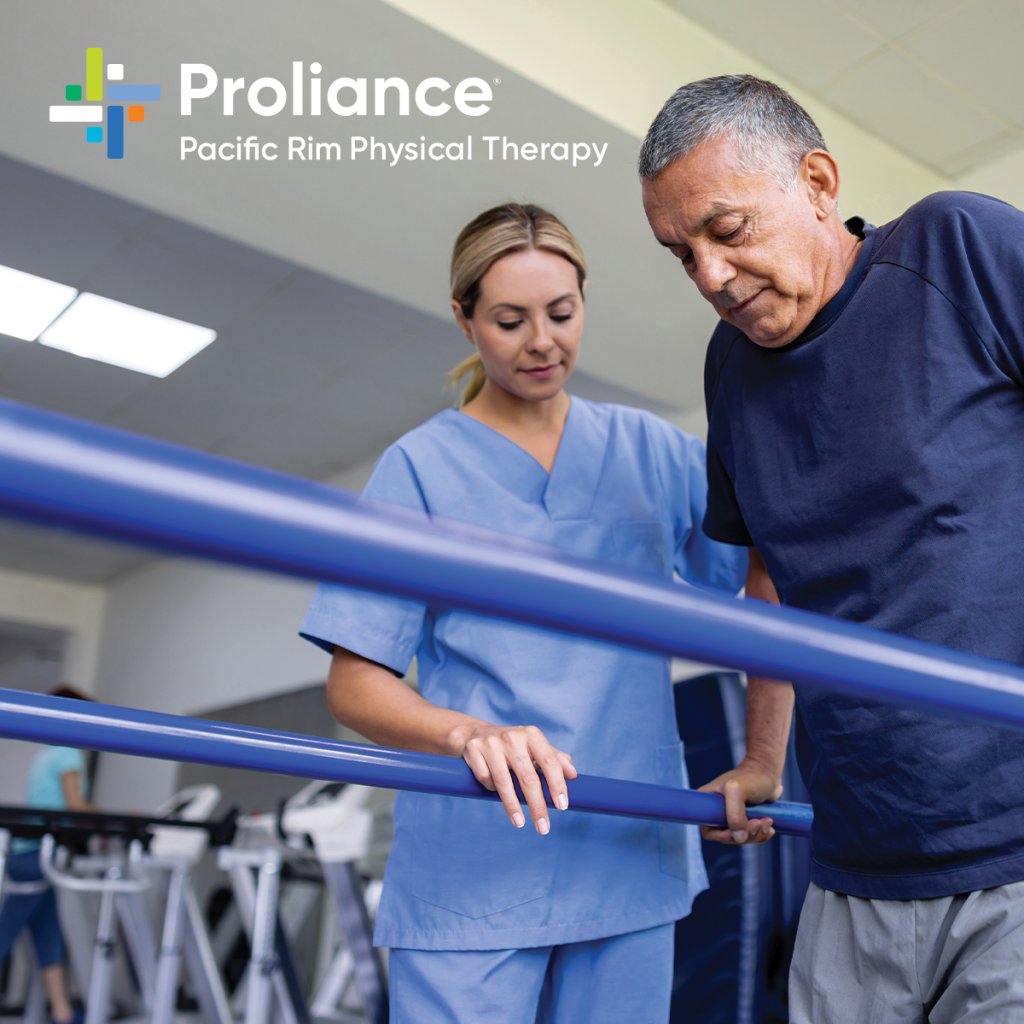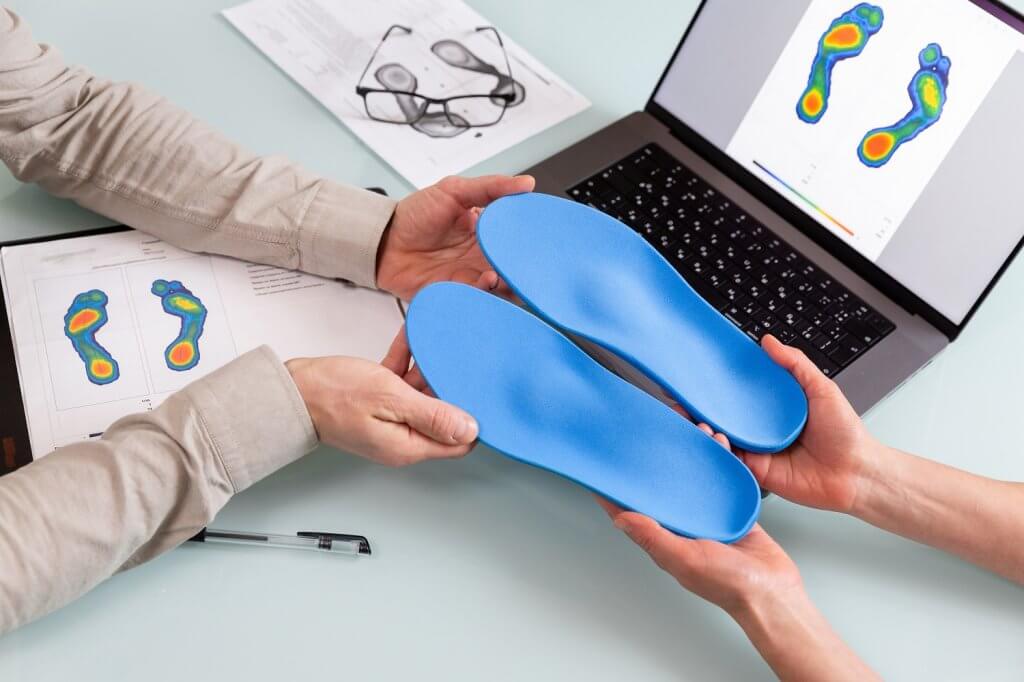So you’ve got shoulder pain?
If you were born prior to 1970, your shoulder pain probably came on without any significant accident, most likely a small action that you have done loads of times before which never bothered before this one time. Maybe you reached out for a pitcher of something or put an item on an upper shelf. Or maybe you just tried to put on your seatbelt. Maybe you didn’t do anything at all and simply woke up one day with pain that wouldn’t go away. I’d bet now you have a hard time raising your arm, and if you are considering going to a doctor, you’re likely having a hard time sleeping. Nobody wants to see the doctor after all, and it takes something dramatic to drive you there.
If this scenario describes you, you probably have rotator cuff dysfunction. Rotator cuff dysfunction is a spectrum of disease, ranging from rotator cuff bursitis all the way to something called rotator cuff arthropathy.
Let’s start with the least and make our way to the worst.
Impingement
Impingement is the very least in the way of rotator cuff dysfunction. Basically, it implies that there is a movement issue with the shoulder, which is causing the cuff to rub on the undersurface of its boney covering called the acromion. Imagine rubbing your skin so much that it got red, and then continuing to rub the skin raw. That’s a little like impingement. The solution of choice is the common sense one…stop the irritating rubbing. That is the equivalent to physical therapy. Once you get the shoulder movements corrected, your rotator cuff should stop hurting.
Bursitis
Bursitis is commonly diagnosed by healthcare providers, but believe it or not, it isn’t well understood. Since the word ends in “itis”, it should imply underlying inflammation. However, there aren’t actually any studies that show true inflammation. In any case, we still call it bursitis for historical reasons and because sometimes the bursa is thickened which can cause a painful snapping. Again, the mainstays of treatment focus on correcting movement abnormalities in physical therapy. Pain is treated orally with things like acetaminophen or ibuprofen. Ideally one does not need a steroid injection.
Rotator cuff tendinosis
Rotator cuff tendinosis is a condition that implies degeneration without any indication of rotator cuff tear on imaging studies such as ultrasound or MRI. Pain tends to start in the shoulder area and radiate down the lateral arm to the level of the elbow. Pain can be unremitting and sometimes be the cause of “breakaway” weakness, which is painful weakness that can be overcome if one really wants or needs to. Treatment is nonoperative. Surgery is not the solution here.
Rotator cuff tears
Rotator cuff tears come in multiple flavors. There are two important distinctions to make:
- Partial or full thickness
- Traumatic or atraumatic
For the purposes of this discussion, we have assumed an atraumatic tear, which leads to one algorithm of treatment versus a traumatic tear, which leads to surgery. Assuming an atraumatic tear, the first treatments should be nonsurgical again, but if those don’t work, one may need a rotator cuff repair. Sometimes rotator cuff tears are unrepairable, but there are some relatively newer procedures like a superior capsular reconstruction that might relieve pain.
Rotator cuff arthropathy
The most severe kind of rotator cuff issue is actually a special kind of arthritis associated with not having a rotator cuff around for a long time. The symptoms are all those listed before but usually worse. In this case the pain is crunchy, and the weakness is profound. Sometimes patients can’t lift their arms at all. The ultimate solution for cuff tear arthropathy is a specific joint replacement called a reverse total shoulder arthroplasty. Unfortunately, because the rotator cuff has been gone for too long and the cartilage surface of the joint has been destroyed, a primary repair of the tendon is neither possible nor beneficial.
Come see us!
If any of this sounds familiar to you, you may want to give your doctor a call or start some physical therapy. If you feel more independent, checking into rotator cuff rehabilitation on the internet may be a good idea. But if none of that works and your life is starting to center around shoulder pain, come on in, and we will do our best to get you fixed up.







